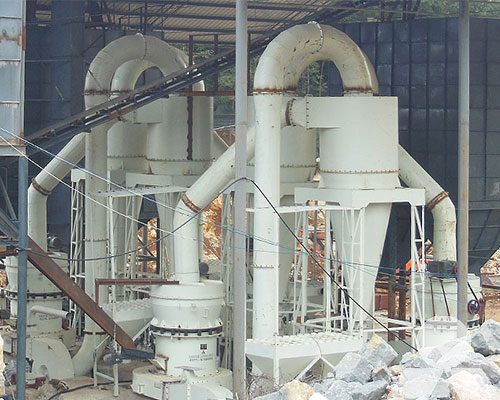Which grinding mill should be used to process kaolin?
The choice of grinding mill for processing kaolin depends on various factors, such as the desired particle size, the processing capacity required, and the specific properties of the kaolin feedstock. Kaolin is a soft clay mineral, and its processing typically involves reducing large chunks or lumps of raw material into finer particles.

Some common types of mills used for kaolin processing include:
- Raymond Mill: This is a traditional mill that uses rotating hammers or arms to impact the kaolin, breaking it down into smaller particles. It is often used for coarse grinding and can produce relatively fine powders.
- Ball Mill: A ball mill is a type of grinder that uses steel balls or similar media to grind the material into a fine powder. It is commonly used for both wet and dry grinding processes and can produce very fine particles.
- Hammer Mill: A hammer mill is suitable for coarse to medium grinding of kaolin. It operates on the principle of impact where hammers are mounted on a rotating shaft and strike the kaolin, causing it to break into smaller pieces.
- Vertical Roller Mill: This mill uses rollers to grind and compress the kaolin material. It is suitable for medium to fine grinding and offers higher energy efficiency compared to some other mills.
- Ultrafine Mill: An ultrafine mill is used for very fine grinding, achieving particle sizes in the submicron range. It is suitable for processing kaolin into ultrafine powders for applications that demand high fineness.
The choice of mill will depend on the specific requirements of the application, such as whether a coarse or fine product is needed, the throughput capacity, energy efficiency, and other factors. It’s essential to consider the characteristics of the kaolin feed and the final product requirements when selecting the appropriate mill for processing. Consulting with experts in the field of mineral processing can also help in making the right decision.









